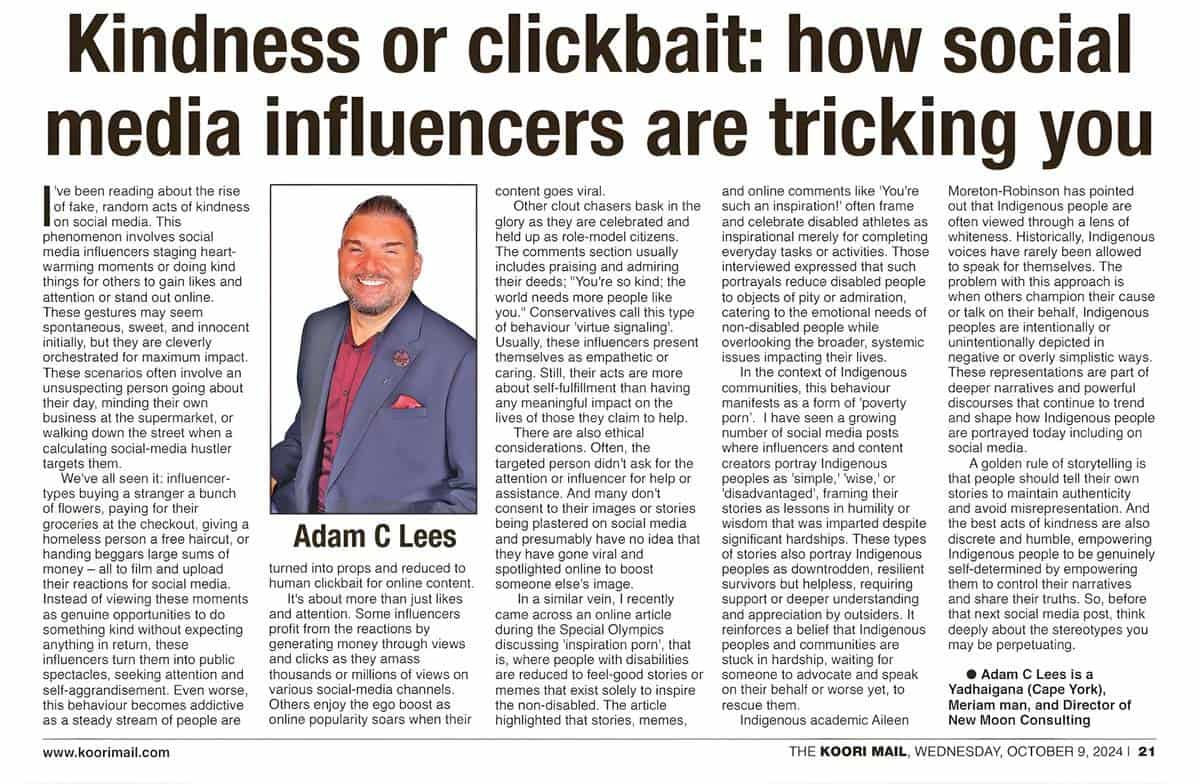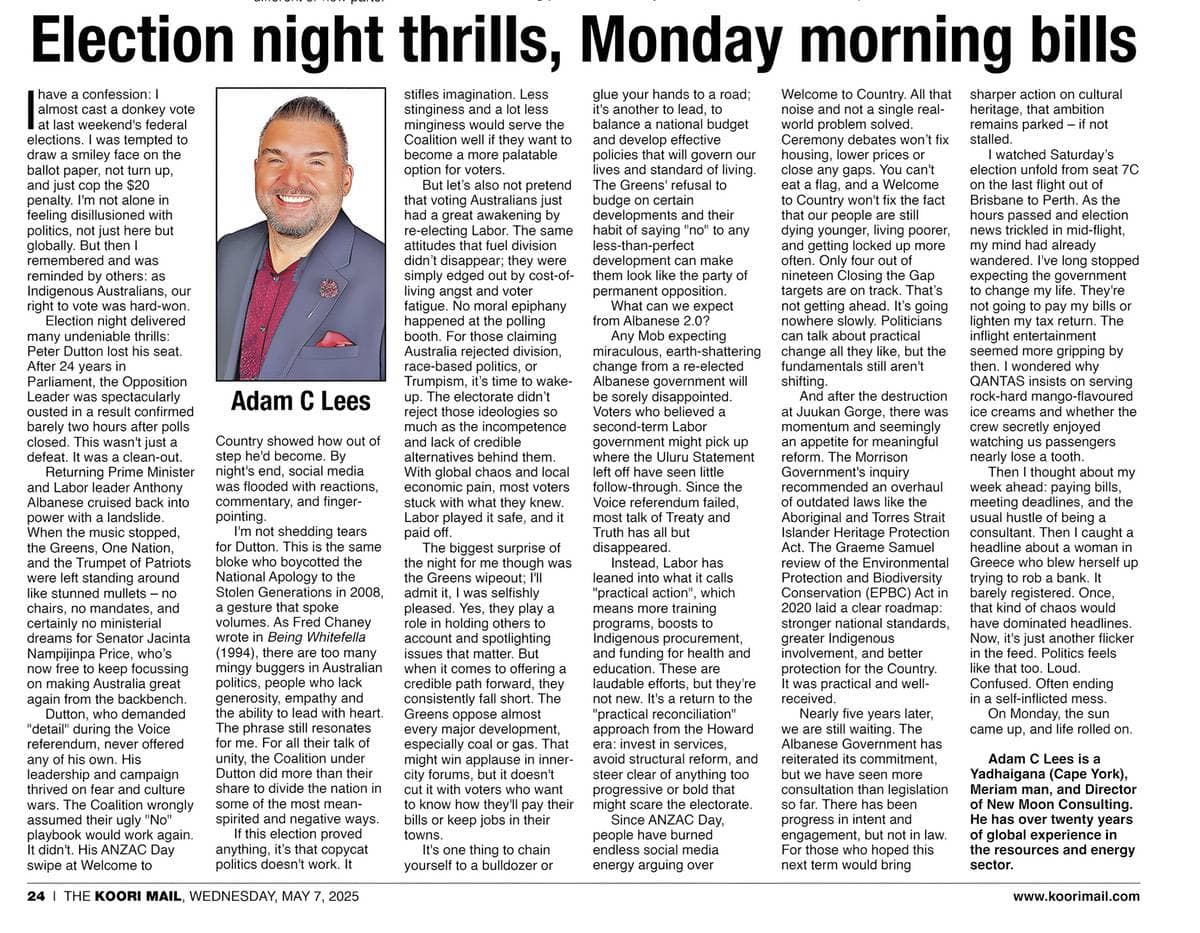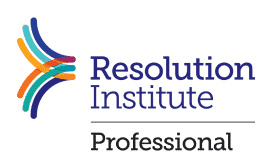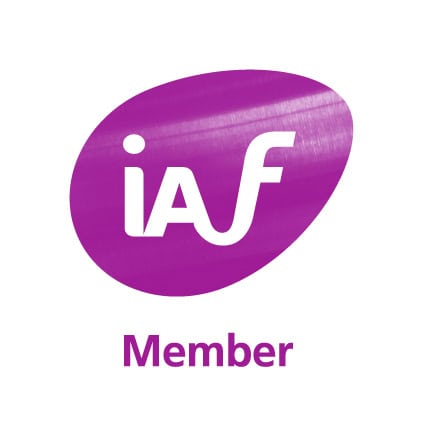I’ve been reading about the rise of fake, random acts of kindness on social media. This phenomenon involves social media influencers staging heart-warming moments or doing kind things for others to gain likes and attention or stand out online. These gestures may seem spontaneous, sweet, and innocent initially, but they are cleverly orchestrated for maximum impact. These scenarios often involve an unsuspecting person going about their day, minding their own business at the supermarket, or walking down the street when a calculating social media hustler targets them.
We’ve all seen it: influencer-types buying a stranger a bunch of flowers, paying for their groceries at the checkout, giving a homeless person a free haircut, or handing beggars large sums of money – all to film and upload their reactions for social media. Instead of viewing these moments as genuine opportunities to do something kind without expecting anything in return, these influencers turn them into public spectacles, seeking attention and self-aggrandisement. Even worse, this behaviour becomes addictive as a steady stream of people are turned into props and reduced to human clickbait for online content.
It’s about more than just likes and attention. Some influencers profit from the reactions by generating money through views and clicks as they amass thousands or millions of views on various social media channels. Others enjoy the ego boost as online popularity soars when their content goes viral.
Other clout chasers bask in the glory as they are celebrated and held up as role-model citizens. The comments section usually includes praising and admiring their deeds; “You’re so kind; the world needs more people like you.” Conservatives call this type of behaviour ‘virtue signaling’. Usually, these influencers present themselves as empathetic or caring. Still, their acts are more about self-fulfillment than having any meaningful impact on the lives of those they claim to help.
There are also ethical considerations. Often, the targeted person didn’t ask for the attention or influencer for help or assistance. And many don’t consent to their images or stories being plastered on social media and presumably have no idea that they have gone viral and spotlighted online to boost someone else’s image.
In a similar vein, I recently came across an online article during the Special Olympics discussing ‘inspiration porn’, that is, where people with disabilities are reduced to feel-good stories or memes that exist solely to inspire the non-disabled. The article highlighted that stories, memes, and online comments like ‘You’re such an inspiration!’ often frame and celebrate disabled athletes as inspirational merely for completing everyday tasks or activities. Those interviewed expressed that such portrayals reduce disabled people to objects of pity or admiration, catering to the emotional needs of non-disabled people while overlooking the broader, systemic issues impacting their lives.
In the context of Indigenous communities, this behaviour manifests as a form of ‘poverty porn.’ I have seen a growing number of social media posts where influencers and content creators portray Indigenous peoples as ‘simple,’ ‘wise,’ or ‘disadvantaged’, framing their stories as lessons in humility or wisdom that was imparted despite significant hardships. These types of stories also portray Indigenous peoples as downtrodden, resilient survivors but helpless, requiring support or deeper understanding and appreciation by outsiders. It reinforces a belief that Indigenous peoples and communities are stuck in hardship, waiting for someone to advocate and speak on their behalf or worse yet, to rescue them.
Indigenous academic Aileen Moreton-Robinson has pointed out that Indigenous people are often viewed through a lens of whiteness. Historically, Indigenous voices have rarely been allowed to speak for themselves. The problem with this approach is when others champion their cause or talk on their behalf, Indigenous peoples are intentionally or unintentionally depicted in negative or overly simplistic ways. These representations are part of deeper narratives and powerful discourses that continue to trend and shape how Indigenous people are portrayed today including on social media.
A golden rule of storytelling is that people should tell their own stories to maintain authenticity and avoid misrepresentation. And the best acts of kindness are also discrete and humble, empowering Indigenous people to be genuinely self-determined by empowering them to control their narratives and share their truths. So, before that next social media post, think deeply about the stereotypes you may be perpetuating.
Adam C Lees is a Yadhaigana (Cape York), Meriam man, and Director of New Moon Consulting. He has over twenty years of global experience in the resources and energy sector.







